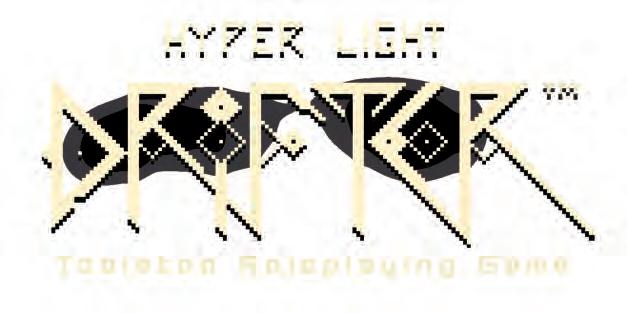
9 minute read
Metal Weave Games
Seven years ago, Hyper Light Drifter entered the indie video game scene, bringing beautiful pixel-art graphics and an expansive and immersive world. We grew to love the Drifter, a lone red-caped figure fighting against the darkness of the past to find a cure to their sickness, or at least a brighter future.
Seven years later, Metal Weave Games invites us to come back and revisit this beautiful, dangerous, and melancholy world.
Building from pixels
Taking a look inside, the first thing to greet us is the beautiful pixel-art, most of it brand new and original, but also reminiscent of the game. “Given the game is known for its pixel art, I don’t think I can imagine this using any other art style,” says Metal Weave’s founder and Creative Director Andreas Walters, most notably known as the creator of the beloved Baby Bestiary Handbooks. He describes how difficult it was to find a process that would consistently deliver the pixel art from illustration to print layout. He mentions, for instance, that to keep everything in scale, they need to manually build each page and overblow the size 1000x using specific exports, so that the PDF and Print books would be consistent.
The game
Looking at the game you see that Drifter features its own original system, which blends strategic crunch with indie shared-narrative sensibilities. It features the following. • A robust resource management system including energy, woe, components, and ingredients. • An ability bar where players can equip and swap abilities; creating meaningful choice, collaboration, and synergies between players. • A player-facing resolution system. After making a roll, you compare the result against stats on your character sheet. • A new way to teach and run RPGs! Gameplay is broken down into manageable phases: Combat, Exploration, Travel, and
Downtime. • A fight against time. You will slowly accumulate Corruption to lead to your drifter’s eventual end.
If you’re looking to get started, the Basic Rules – free on the Metal Weave Games’ website – will show you everything you need to play, including free delve tokens, combat boards, character sheets, and more! If you’ve never played the video game, fear not: this evocative, broken, post-apocalyptic world will draw you and your players in for hours at a time.
The game is slated for a full-digital release on December 14th, 2021, including the gamebook, ancillary tools, a digital soundboard for audio effects created by the original game’s sound designer Akash Thakkar, and an EP created by the original game’s composed Disasterpiece.
A physical release, including a Beginner Box, is slated for sometime in Q1 2022, given international production.
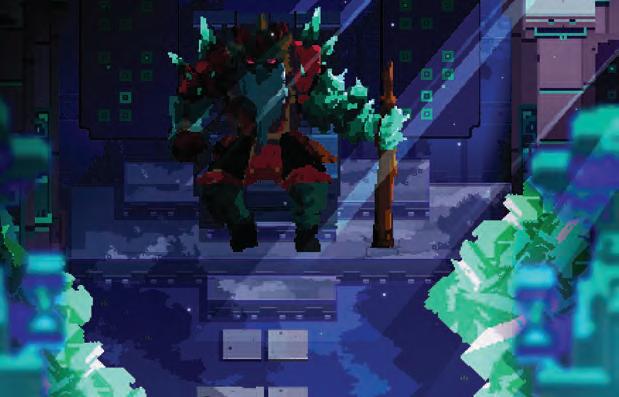
Enters the Tabletop Scene
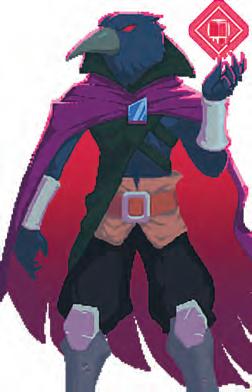
Please contact info@metalweavegames.com for distribution inquiries. Metal Weave Games is an ENnie award-winning tabletop games developer and publisher.

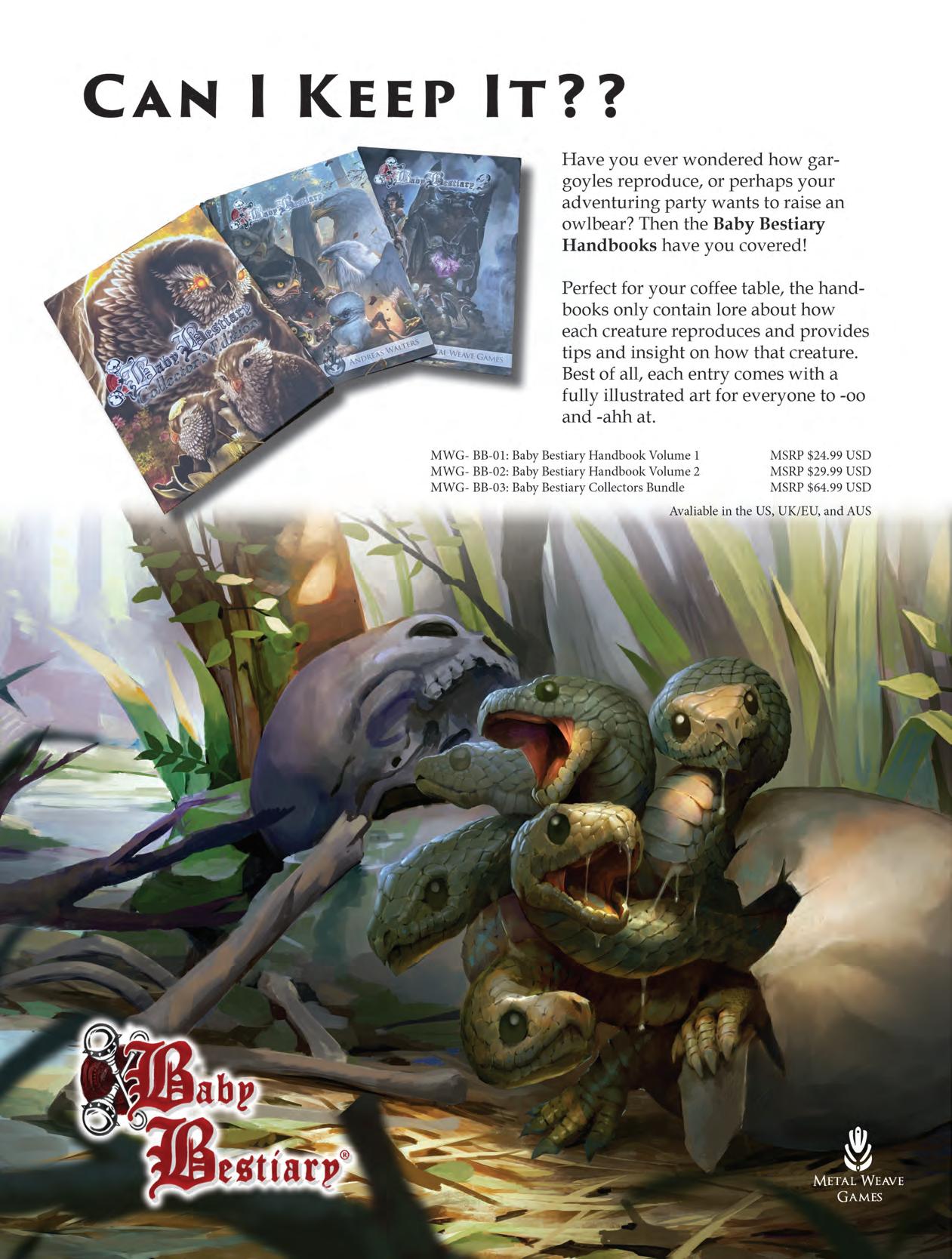
Grab Their Attention
WITH VISUAL MERCHANDISING
Visual merchandising creates a positive response from customers and is critical to the strategies of selling. Impacting the effects of buying decisions with visual cues is a technique that takes your store to the next level.
This visual strategy can start with the feeling your customer gets when their eyes scan across a parking lot and notice your store windows, to the moment they walk out the door with the product you inspired them to buy. The entire process is driven by what your customer sees and feels. Let’s look at some of the basic visual merchandising techniques you can use to improve attention, sales, and customer experience.
This article will focus on two different and unique areas to improve your store’s visual appeal. Then we will continue focusing on visual merchandising techniques in future articles, and in the seminars we will be presenting online. You can find the first visual-merchandising seminar at gama.org, in the resources tab under education. Watch your weekly membership emails and GAMA’s socialmedia networks for information on attending future webinars.
Let’s start with the first place you have an opportunity to increase your breadth of organically found new customers: your storefront. It can often be underutilized in drawing attention to your building after you have completed your store build-out. We put so much effort into how our signage will look from across the parking lot or on the street. But why stop there? Have you noticed that after being in business awhile that your building is not drawing the same excitement as it did when you were new? Well let’s fix that, starting from the outside of your building and working through every element of your store’s visual presence.
Windows
When we think of store windows we think of downtown buildings in picturesque Middle America or trendy storefronts in big cities like New York. But do not think for one minute you can’t have store window displays if you are in a strip mall or in a building that doesn’t have obvious window appeal. With or without a big window, you can create a display that attracts customers from a distance. We will go into detail on that a little bit later in the article, but right now, challenge yourself to attract customers from a distance without a window, simply by adjusting what goes inside the building – or outside.
Why worry about our store windows? Because eye-popping windows that are themed or visually exciting create a picture that will draw a consumer to your store. Make sure your windows feature oversized imagery, models, or constructed elements. Do not overcrowd your windows and think beyond posters that have smaller print that needs reading. Unless you have a true sidewalk with pedestrian traffic, they are often not effective and even then, marketers have mixed opinions.
For this store in Germany, the marketing firm used a vinyl application to create a window that literally pops out at you. It almost feels three-dimensional. Because of the bright color and the extension of the window to the sidewalk, you are sure to notice this storefront from farther away.
This technique is also used in architecture – by creating big and unique facades and painting buildings bright colors, the design team is creating interest to get attention.
If you are saying that you don’t have enough windows to make an impact like this, you would be missing a huge opportunity. This sort of extension of the window technique is perfect for those that have few windows or maybe just a door. By using this non-damaging technique you are creating visual intrigue that would work on the side of your building just as well. And by using game-specific vinyl shapes, you could tell people what you are all about, as well as catching their attention from a distance.
Inside the windows
Oversized displays in a window draw attention far better than small displays. Small displays in windows have a place and purpose, most often in a window that has a lot of pedestrian foot traffic. But if you are trying to grab attention from across a parking lot, the bigger the better.
Oversized game pieces in windows can create stunning and eye popping images and will tell the exact story you want people
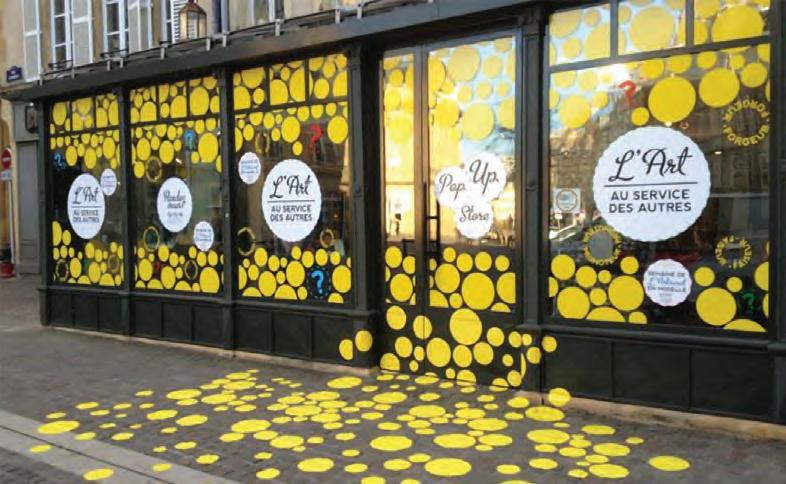
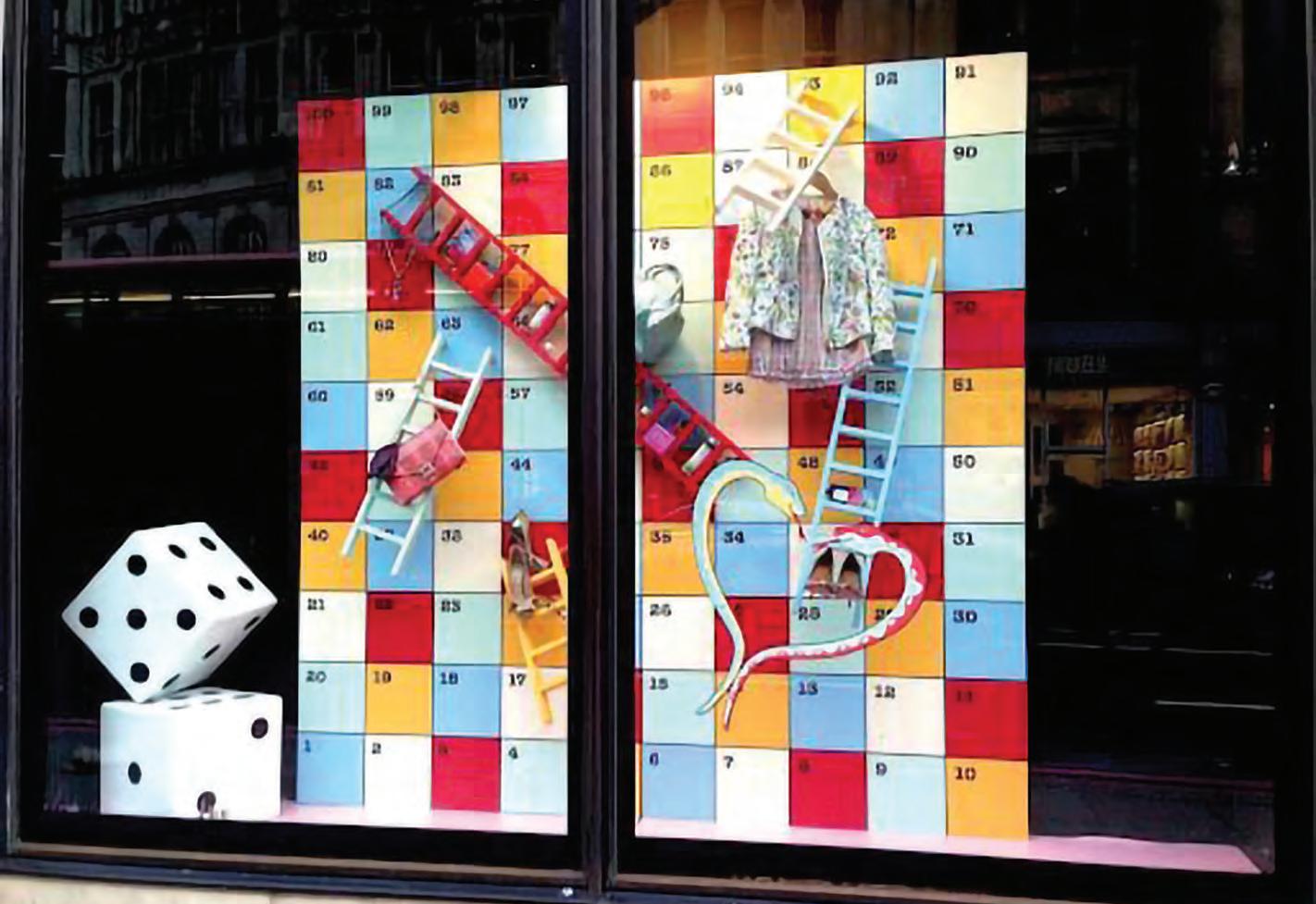
to know about you. You sell fun!
But why is it so impactful? The human eye is trained to scale items and when you create a display that challenges what the eye is used to, it will make for instant attention from consumers. So people who are close to your window are drawn to it because of the size. But people from across the parking lot will notice a bright oversized window display far better than a smaller one.
Now remember when I said you can have a window display without having a picturesque window? What did I mean by that? Well if you have a strip mall location with big windows in the front of your store, but you put product up to the window or play tables, then you are missing an opportunity.
Pull your product out from the window a few feet and create an area for window displays. You can do this by backing your fixtures with something as light as foam core covered with wallpaper to create a mock wall. Hang foam core from the ceiling or, in the most permanent way, by building a partition wall. Keep in mind this can help with UV damage to your product in place of tint that still allows the sun to shine in the eyes of customers.
You can do this with all your windows or maybe you want to start small and create one window. Just keep it clear, concise and don’t clutter your windows.
Vignette merchandising
A vignette is always the buzzword in retail as we head into a new season. Seasonal displays do this well. At the core of this merchandising philosophy is creating a picture or display in your store that helps consumers envision the product in their everyday life. It pushes the sale by creating a feeling in the consumer that they want to have it for themselves – creating a sale through feelings.
Another form of vignette merchandising can be collections of unique products in one area that are not the same but go together. Such a display reminds the buyer to pick up other things they need to make the one product they want work properly.
In a game store, you might do a display of the newest games released and it is a role-playing game and you display several copies of the book. To make it a vignette, you would add other things needed to play an RPG game: dice, unique player notebooks, miniatures, tiles or mats.
The next set is crucial. Stage it to look like a game is going on somewhere in the display. We will go deeper into this sort of staging in our upcoming seminars.
Another example would be to create a hostess-gift-idea table. This display would have party games on a feature table with a stylized promotional t-shirt or custom logo bag mocked up to show an example of a hostess gift. Add some signage that says, “Games make great hostess gifts” to show the intent of your logo tote bag. Tuck a game inside of it as the focal point of the display.
You can take the idea further using smaller signs around the display that list ideas for the hostess gifts. Here are some examples: BBQ, housewarming gift, welcome to the neighborhood, dinner party. The ideas are endless, but the intent is to generate a reason beyond the customer needs and wants for a reason for purchase.










